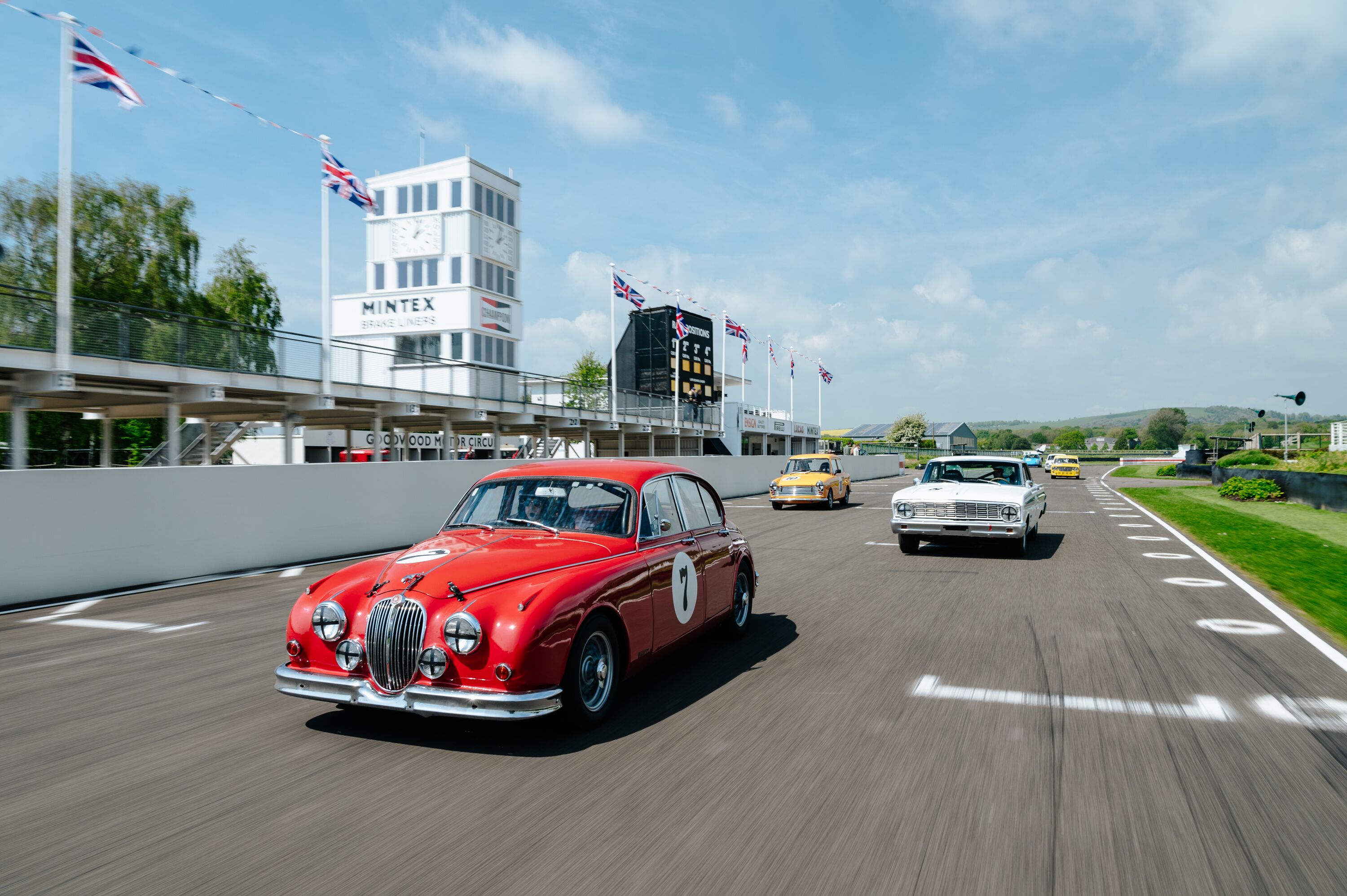Axon's Automotive Anorak: The genius of the original Renault Twingo
One of the few cars that made me turn on my heals and go back for a closer look at the recent NEC Classic Car Show was a tidy example of the original Renault Twingo. As common a sight as croissants and spicy sausage in mainland Europe, the first-generation Twingo remains a rarity in the UK, as sadly this funky city car was never officially imported to our shores.

Difficult to believe for one so young, but I was there 25-years ago at the 1992 Paris Salon when Renault revealed its appealing new city car for the urban jungle, the cheeky new one-box ‘monospace’ Renault Twingo. It seems more like 25 weeks ago to me!
Designed under the guidance of Renault’s daring (some might say too daring) head of design, Patrick le Quement – also the father of the controversial Vel Satis, Avantime and ‘shaking your arse’ Megane – the original first-generation 1992 Twingo seemed to be in pole position to re-shape the city cars we drive in the early 21st Century. Except it didn’t, as no other small hatchback maker followed the Twingo’s appealing one-box styling and clever packaging cues.
Taking much inspiration from Renault’s pioneering Matra-developed Espace MPV, the tiny one-box Twingo was a modern hatch tuned perfectly for the modern urban jungle; small, agile, versatile and displaying huge dollops of city chic and character.
Le Quement’s Twingo also took a nod to Honda’s Japan-only 1985 Today Kei car, which truly pioneered the one-box concept for a small car, with a low, sloping windscreen and A-pillars morphing into the sharply-truncated rear hatchback. The Today itself was an exaggeration of Honda’s earlier 1981 City, with design input from Pininfarina, and briefly sold in the UK as the original Jazz.
Throughout its long (15-year) production run, the first-generation Twingo had a very limited choice of motors (just one!), with no diesel engine option available for example (virtually unheard of for a 1990s France car) and no performance derivatives. This didn’t seem to hinder Continental sales though, as the Renault’s sole engine choice – an ex-R5 1,239cc 55 bhp unit – could propel this lightweight hatch (tipping the scales at just 790 kg) along reasonably briskly, with the Twingo topping-out at 93 mph. Some enterprising soul did build a menacing ‘90s Twingo with a with a mid-mounted Clio V6 engine, with the barking Annecy-based tuner Lazareth dropping a Rover V8 into and the rear of a Twingo! Conversely, Greenpeace modified a Twingo to create its eco-friendly electric SmILE concept.
Quite why the original Twingo was not built with right-hand-drive and never sold in the UK is a mystery, as the model would have sold well on this side of the Channel. During its 15-year run, even Renault UK’s own main Acton-based retail division offered a few LHD examples as used models with ugly round headlamp conversions, and a chap in deepest Mid-Wales imported Twingos and offered a spares back-up service for some time as well.
The Twingo was intended as the spiritual successor to Renault legendary R4, the best-selling French car of all time, with over 8 million examples produced between 1961 and 1992. Like the R4, the Twingo was classless, fun, affordable and versatile, despite the model only having a single engine choice and three-doors, and not five like the R4.
For the successive Twingos, Renault lost its mojo. The dull, second-generation model, built by Dacia in Romania, (from 2007 to 2014) might have finally been offered with right-hand-steering and an expanded range of trim levels and engines, including a diesel and the performance Renault Sport and Gordini derivative engine options, but the model had lost its character and sole.
The current third-generation Smart-derived Twingo goes some way to restore the original model’s alluring personality, with funky décor, a friendly face and even a recent 110bhp GT hot-hatch derivate, but it still lacks the some of the charm and character of the 1992 first-generation car. Unusually, the latest Twingo resurrects the rear-engine layout initially favoured by Renault post-war with its popular 4CV, followed-up by the equally successful Dauphine, R8 and R10, not to mention the marque’s associated sporting rear-engined Alpine-Renault models – A106, A108, A110, A310, GTA and A610.
The unconventional engine configuration of the current Twingo is not the future though, and Renault’s 1992 original could, and should, have been one of the most influential city car designs of the late 20th Century. The fact that it’s not today is not a failure of this characterful car, but more a sad reflection on the mainstream tastes of risk-adverse car companies and consumers these days. Seeing a Renault Twingo displayed at a classic car show, therefore, seems quite fitting as this car is assured – and deserves – future cult status.
Renault
Twingo
axon's anorak
axon's automotive anorak



































